Discover 11 hidden attractions, cool sights, and unusual things to do in Tolyatti (Russia). Don't miss out on these must-see attractions: Transfiguration Cathedral, Tatishchev Monument, and Loyalty. Also, be sure to include Annunciation Monastery in your itinerary.
Below, you can find the list of the most amazing places you should visit in Tolyatti (Samara).
Table of Contents
Transfiguration Cathedral
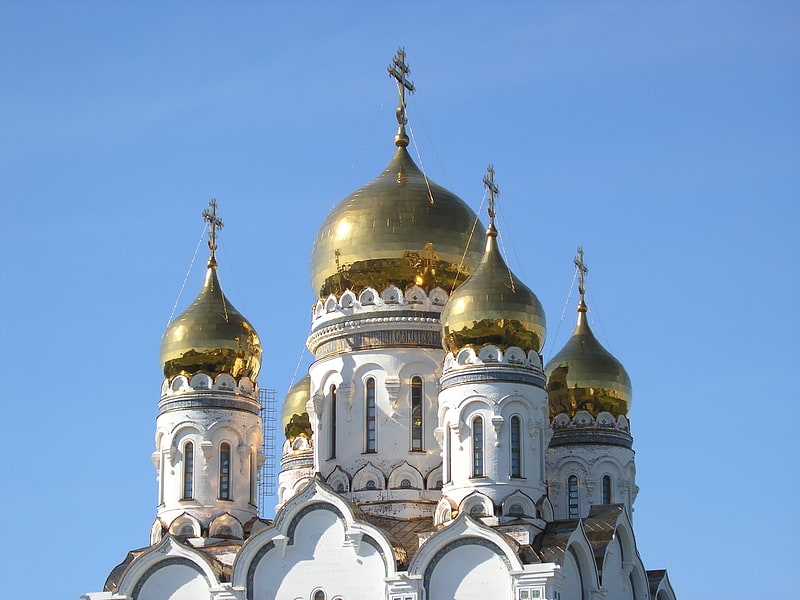
Also known as: Спасо-Преображенский собор
Cathedral in Tolyatti, Russia. The Transfiguration Cathedral is an Eastern Orthodox Cathedral in the Russian city of Tolyatti. Completed in 2002, it is named after the Christian Feast of the Transfiguration of the Lord, celebrated on August 19.[1]
Address: ul. Revolutsionnaya, 32, 445026 Tolyatti
Tatishchev Monument
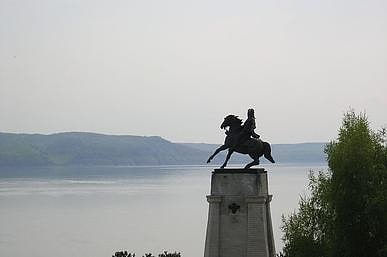
Also known as: Памятник Татищеву
Attraction in Tolyatti, Russia. The Tatishchev Monument is an equestrian statue on the banks of the Volga at Tolyatti. Completed in 1998, it honors Vasily Tatishchev, the founder of Tolyatti.[2]
Loyalty
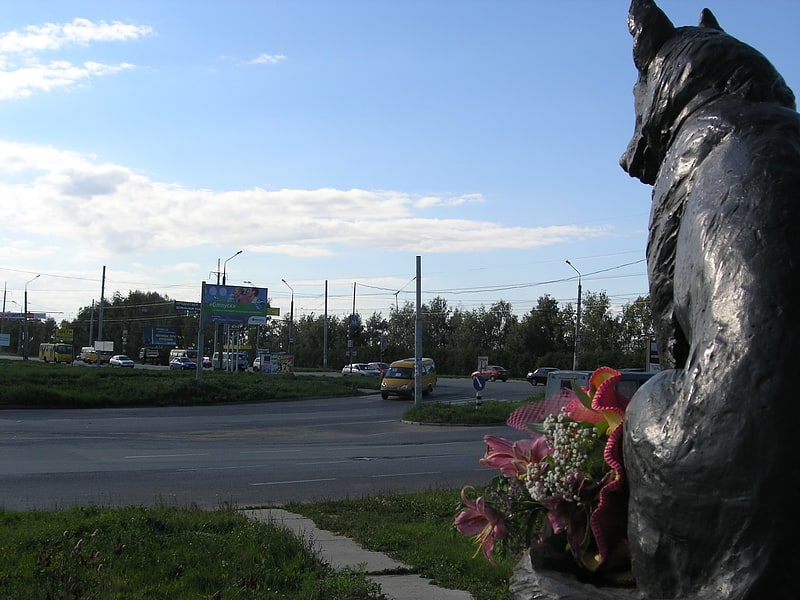
Also known as: Памятник преданности
Attraction in Tolyatti, Russia. Loyalty is a monument to a faithful dog in the Russian city of Tolyatti.[3]
Annunciation Monastery
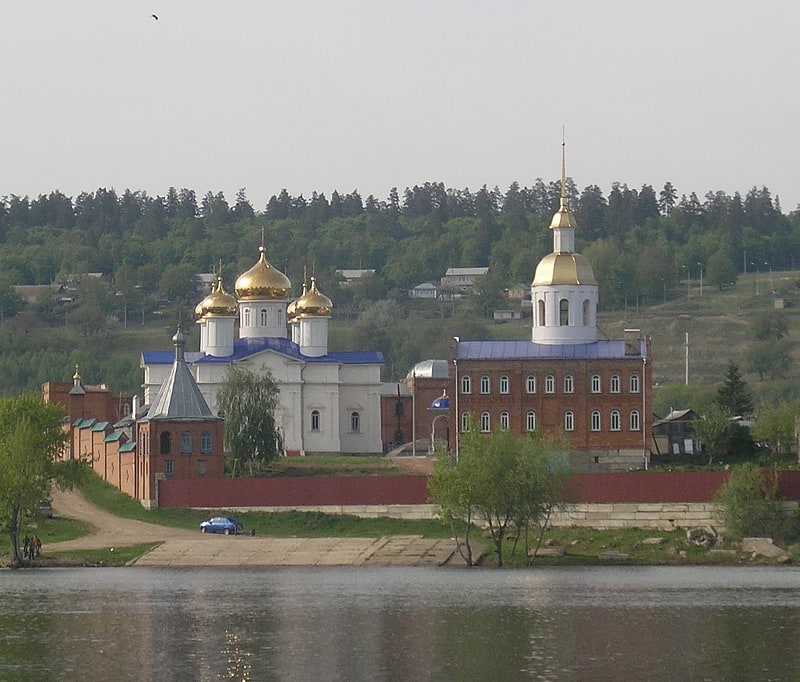
Also known as: Благовещенский скит
Russian orthodox church in Tolyatti, Russia. The Annunciation Monastery is a church complex in the village of Fyodorovka in the urban district of Tolyatti in Samara Oblast in Russia.[4]
Address: 27 Кооперативная улица, Tolyatti
Victory Park
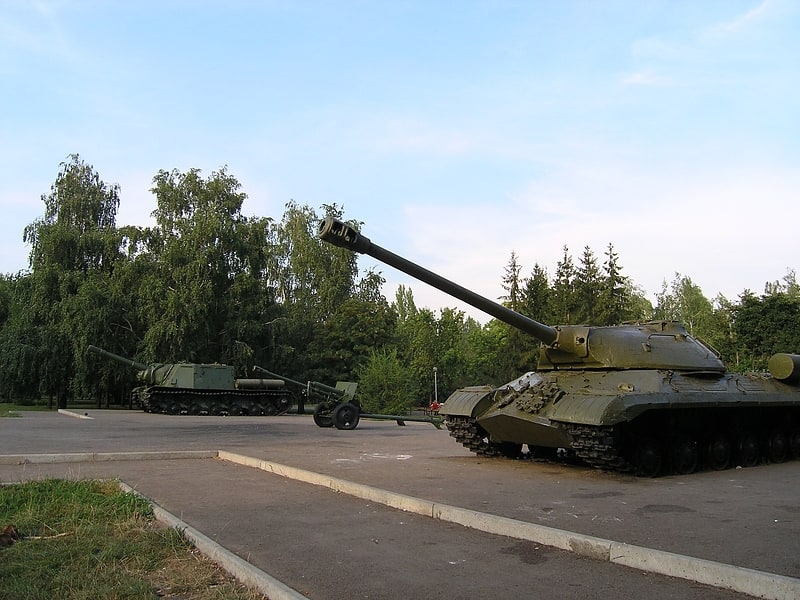
Park in Tolyatti, Russia. Victory Park is a memorial park in the Auto Factory District of Tolyatti, Russia. The park is dedicated to the Soviet victory in World War II.
Among the monuments and sculptures in the park are:
- The Victory Monument (1985) by Simon Winograd
- Monument to the Soldiers of the Afghan War (1994) by N. I. Kolesnikov
- On The Beach (1987) by V. V. Kravchenk
Address: Yubileinaya St., Tolyatti
History of Transport
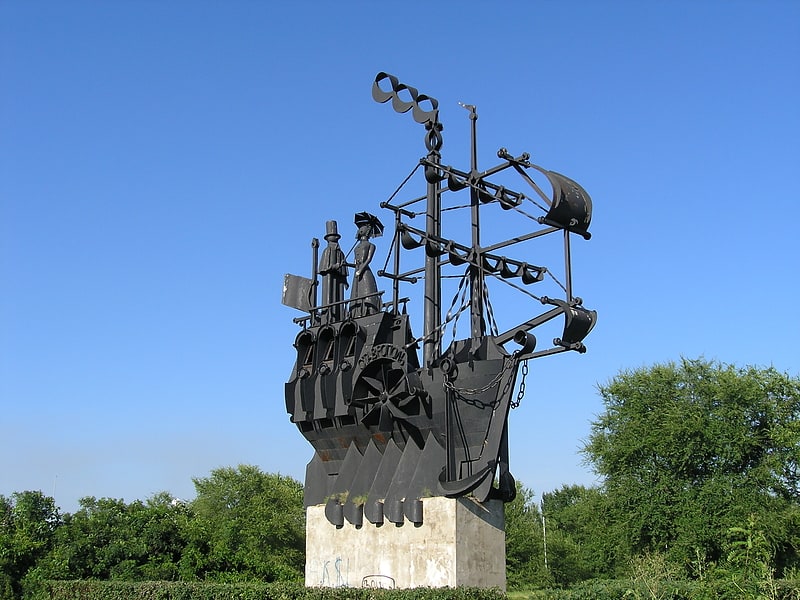
Also known as: История транспорта
Sculptures. History of Transport is a series of three monumental sculptures in the Russian city of Tolyatti. The monument was designed in 1975 when the master plan for the Auto Factory District of Tolyatti was created. The sculptures were erected in the years 1977–1979 in a strip of parkland between Revolution Street and Anniversary Street. As of 2014 they are endangered.[6]
Liberty Square
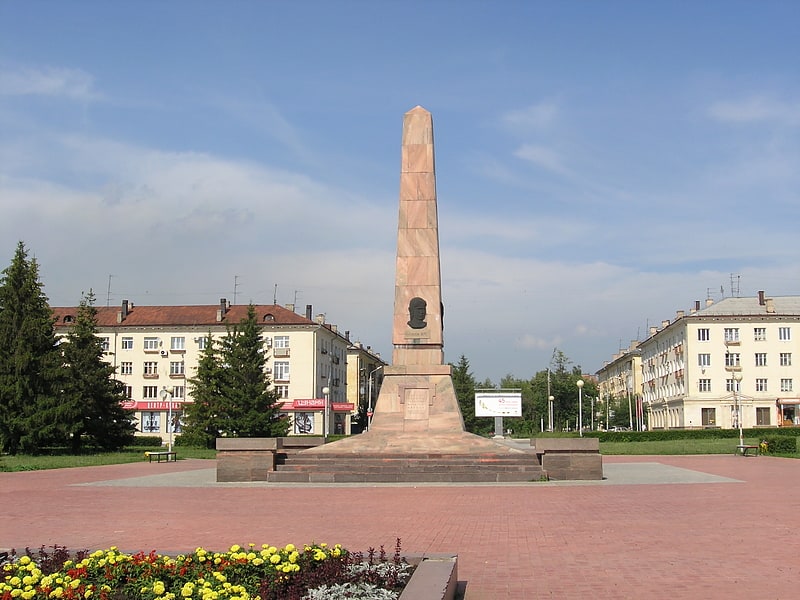
Also known as: Площадь Свободы
Liberty Square is a park in the Russian city of Tolyatti. It is bounded by Liberty Street, Youth Street, and Karl Marx Street. It is also, by extension, the name used for the neighborhood around the park. Monuments of cultural and historical interest in or around Liberty Square include:
- The Obelisk of Glory, erected in 1958 at the center of Liberty Square as a memorial to soldiers, sailors, and airmen of WWII and also Vasily Banykin, a mayor of Tolyatti martyred in 1918.
- The Tree of Remembrance – planted in Liberty Square on May 9, 1990, with a stone plaque inscribed: "As a living link between generations we leave to you, our descendants, this tree, in memory of the innumerable sufferings of the victims of war and repression. People! Remember this! — War and Labor Veterans of Tolyatti / Stavropol — May 9, 1990"
- Karl Marx Monument Dedicated on May 5, 1989, at the intersection of Youth Boulevard and Karl Marx Street, cater-corner across the street from the north corner of Liberty Square. The monument is a bust of Karl Marx, made of aluminum stained to look like bronze, 91 centimetres high. It stands on a pink granite pedestal 2.3 metres tall, which in turn is on a concrete base. The architects were V. Z. Gurevich and A. V. Medvedkov, the sculptor was Igor Burmistenko, and the restoration was done by Victor Formin. It was a gift to the city from Burmistenko. In August 2007, hooligans stole the bust. It was recovered, but badly damaged, and was thought to be a total loss. However, the metal specialist Formin, in honor of his friend Burmistenko and working without compensation except for materials, undertook to painstakingly restore the bust sufficient for it form the basis for a new casting. The new bust was dedicated on November 1, 2007. It is equipped with vandal-proof features.
- Tolyatti City Hall at 4 Liberty Square stands across Youth Boulevard from the north side of Liberty Square. It originally was built to house the city's Communist Party executive committee. On the pediment is the emblem of the Russian Soviet Federative Socialist Republic, the facade is decorated with six massive Doric half-columns, and there are arched windows on the second floor. It was originally planned to decorate the facade with stucco embellishments, but because of a contemporary movement for simplification in Soviet architecture these were eliminated. In the 1980s, the appearance of the building was changed to fit the mode of those times; the historical appearance of the building was restored in 2001. At night, the building is illuminated with colored spotlights in the colors of the Russian flag.
- The Puppet Theater, at 2 Liberty Square was originally built in 1958 as the House of Culture. The 400-seat theater features six full Doric columns in front and stucco embellishments on the pediment. In 1983 the building was, on the initiative of Soviet puppeteering titan Sergey Obraztsov, turned into the permanent home of the Pilgrim puppet theater troupe which had been founded in 1973 by Roman Renz, director of the Kuibyshev Puppet Theater and a People's Artist of Russia; the Pilgrim troupe's first artistic director had been Savely Uralov, succeeded in 1980 by Alexander Rosengarten, who embarked the troupe on tours of cities throughout the Soviet Union. The building, which continues to house the Pilgrim troupe, was renovated in 2007 and has the status of a protected monument of historical and architectural value.
- The Stavropol District Administrative Building at 9 Liberty Square is the headquarters of Stavropol District, although Tolyatti itself, being an independent city, is not actually in Stavropolsky District. The building was erected in 1957-1958 to a 1956 design by the precursor to Lengiprogor, since 1991 named the Urban Institute. The design was the outcome of the struggle to eliminate architectural extravagances, which was won by the simplifiers, resulting in particular in a lack of stucco embellishment. The building does feature four Corinthian columns.
Victory Monument

Also known as: Мемориал в честь 40-летия Победы в Великой Отечественной войне
Historical landmark in Tolyatti, Russia. The Victory Monument is a 1985 monument in the Avtozavodsky District of Tolyatti dedicated to the Soviet victory in World War II.[8]
Funland Park
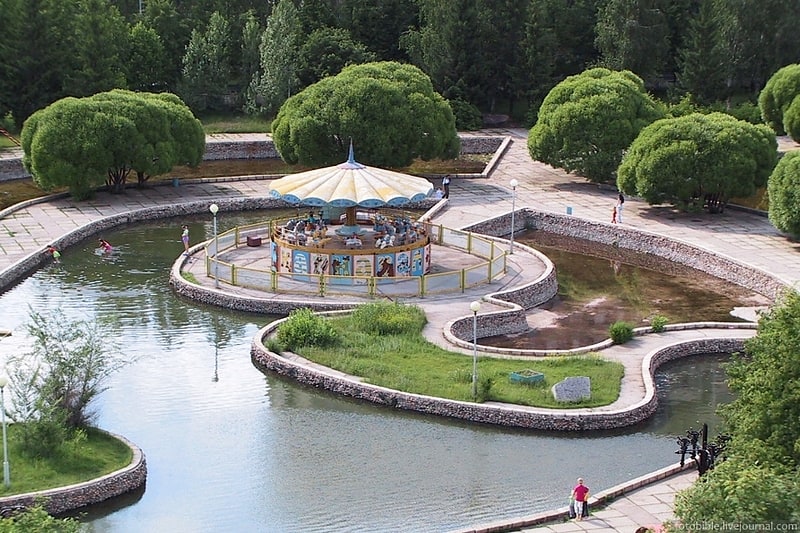
Amusement park in Tolyatti, Russia. Funland Park (Russian: фанны парк or Funland Amusement Park is a family park in the Russian city of Tolyatti. Slightly under 8 hectares in area, it is located in the Auto Factory District, less than a kilometer northwest of Victory Park. It contains many amusement rides and similar attractions, but also quiet areas of trees, grass, and ponds.
Among the attractions are a steel rollercoaster, the Cyclone; go karts and bumper cars; a large Ferris wheel; a large outdoor swimming pool; arcades and cafes; a petting zoo; a butterfly glade; and other rides and attractions.
Various special events and celebrations are held at the park on public holidays and at other times. The "Oodles of Animals" event, besides providing entertainment, results in many animals from the city's animal shelters being adopted. In winter, an entire small town made of ice, the "Magical Fairyland of Ice", is constructed.
The park was built by AvtoVAZ as a recreation place for young families, most of them workers at the AvtoVAZ automobile plant. The park opened in 1980, had 11 rides by 1987, and was named Funland in 2005.[9]
Obelisk of Glory
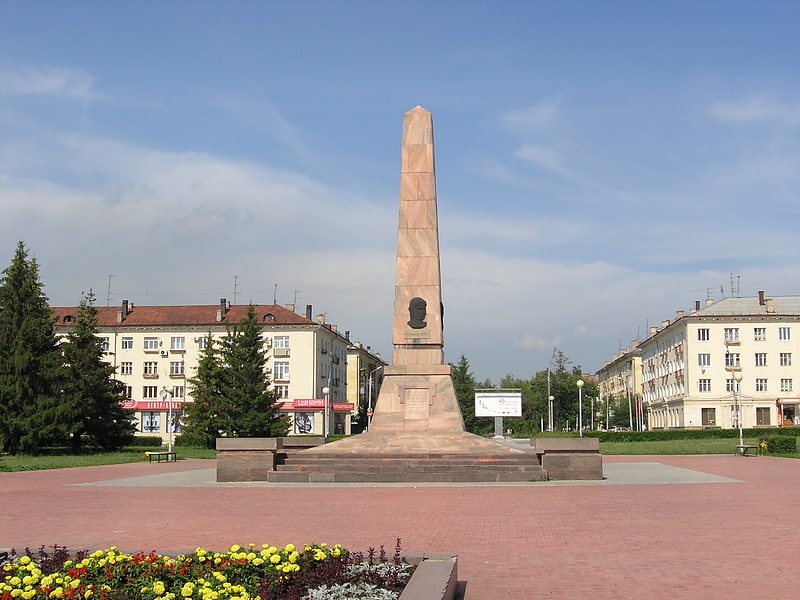
Also known as: Обелиск Славы в Тольятти
Monument. The Obelisk of Glory is a monument in Tolyatti's Liberty Square to the heroes of World War II.[10]
Central Park

Park in Tolyatti, Russia. Central Park is a park in the center of the Russian city of Tolyatti. The three main streets of Tolyatti's Central District – Karl Marx, Lenin, and Victory – radiate from its north side; Peace Street defines its south edge.
There was originally a small airfield on the site. When it was decided to replace this with a park, students from School #19 planted trees there: poplars, maples, and elms. Over time, the trees grew, and the park became a popular site for relaxation.
The park has been, since Soviet times, a nexus of proletarian sculpture. Sculptures in the park include Mourning Angel, a large monument to Lenin, a monument to the builders of the Volga Hydroelectric Station, and others.
There are or have been various recreational facilities and activities in the park: an ice-skating rink, dancing, and rides including a Ferris wheel. In 2014, city parks chief Oleg Moskalev announced that four new attractions had been ordered from Italy – a railroad, two mini-jets for children, and a trampoline – which would bring the total of rides to 18.
The Lenin monument was installed in Central Park on April 22, 1980. It had previously been on the grounds of the Lesnoye Sanatorium, but it was decided that this location was too remote. The sculptor N. I. Kolesnikov oversaw the transfer to Central Park. The sculpture is a copy of 1924 statue "The Leader's Call" by Georgii Dmitrievich Alekseev, which shows Lenin orating and which was widely reproduced in the Soviet Union. The statue is concrete on a bronze-stained concrete pedestal faced with marble slabs. The statue is 3 metres tall and the pedestal 5 metres.[11]